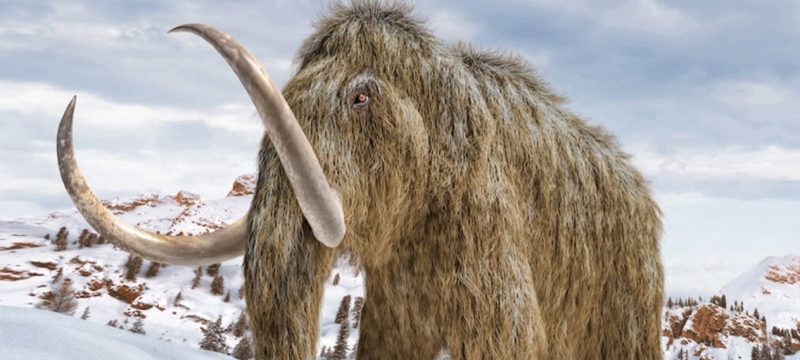Scientists have uncovered the oldest known woolly mammoth fossil ever found in North America — a 216,000-year-old tooth discovered in Canada’s Yukon territory. This major find not only extends the known presence of woolly mammoths on the continent by over 100,000 years but also provides valuable insight into their evolutionary history.
The ancient tooth was found near the Old Crow River, a remote and fossil-rich area in northern Yukon. Researchers have confirmed that the specimen belongs to a woolly mammoth (Mammuthus primigenius), making it the earliest fossil of its kind to be definitively identified in North America based on its physical features.
Read more: World’s Oldest Meteorite Impact Crater Discovered in Australia’s Pilbara Region
Lead researcher Camilo Chacon-Duque from Stockholm University’s Centre for Palaeogenetics expressed surprise at the discovery. “We expected remains from this time to belong to earlier mammoth species like the Columbian mammoth,” he said. “This is the first time a woolly mammoth from this early period has been confidently identified.”
The fossil was part of a broader international research effort studying mammoth DNA from across the Northern Hemisphere. By extracting genetic material from the Old Crow specimen, scientists were able to examine what they refer to as “deep-time DNA,” uncovering previously unknown genetic branches and diversity in mammoths that span over a million years of evolution.
Their findings show that woolly mammoths were more genetically varied than previously understood and had begun expanding across Arctic North America far earlier than assumed.
Although the Old Crow fossil provided one of the oldest DNA samples in the study, the most ancient mammoth DNA came from a Russian fossil dating back 1.3 million years.
“This research lets us explore the ancient past, mapping not just the mammoths’ geographic spread but also how their populations evolved, intermingled, and adapted,” said Chacon-Duque.
Published on April 9 in the journal Molecular Biology and Evolution, the study highlights how ancient DNA research can deepen our understanding of Ice Age megafauna and the environmental changes that influenced their development and eventual extinction.
The Old Crow region, long respected by Indigenous groups and scientists alike for its wealth of Ice Age fossils, continues to reveal key information about prehistoric North America. Researchers emphasized that collaboration with local communities and Canadian officials played a vital role in the success of the excavation and subsequent analysis.









